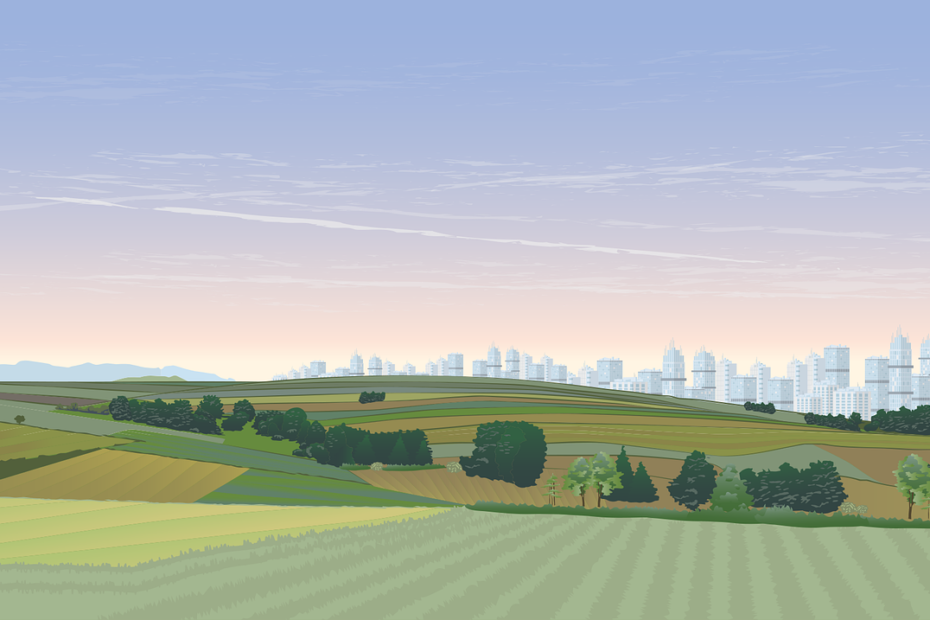Introduction
Introduce the concept of vertical farming and urban agriculture as innovative solutions to address food security, sustainability, and urbanization challenges. Highlight their potential to transform food production.
1. Understanding Vertical Farming
- Definition and Concept: Explain what vertical farming entails, including growing crops in stacked layers or vertically inclined surfaces.
- Technologies Used: Discuss technologies such as hydroponics, aeroponics, and LED lighting that facilitate vertical farming.
2. Benefits of Vertical Farming
- Space Efficiency: Highlight how vertical farming maximizes limited urban space and enables food production in densely populated areas.
- Resource Conservation: Discuss the reduced water usage and elimination of pesticides associated with vertical farming.
- Reduced Carbon Footprint: Explore how local food production minimizes transportation emissions and contributes to sustainable urban development.
3. Urban Agriculture: An Overview
- Definition and Forms: Define urban agriculture and its various forms, including community gardens, rooftop farms, and hydroponic systems.
- Community Engagement: Discuss how urban agriculture fosters community involvement and improves food access in urban settings.
4. Case Studies of Successful Initiatives
- Notable Vertical Farms: Highlight examples of successful vertical farms, such as AeroFarms in Newark and Sky Greens in Singapore.
- Urban Agriculture Projects: Explore urban agriculture initiatives, such as Brooklyn Grange and the Detroit Black Community Food Security Network.
5. Challenges Facing Vertical Farming and Urban Agriculture
- Economic Viability: Discuss the financial challenges and startup costs associated with establishing vertical farms and urban agriculture projects.
- Regulatory Hurdles: Examine zoning laws and regulations that may limit the development of urban agricultural initiatives.
- Technological Limitations: Address challenges related to technology, such as energy consumption and dependency on advanced systems.
6. Future Trends and Innovations
- Integration of Technology: Predict how advancements in IoT, AI, and robotics will enhance vertical farming and urban agriculture efficiency.
- Community-Based Models: Emphasize the trend toward community-supported agriculture (CSA) and participatory approaches in urban farming.
7. Policy Implications and Support
- Government Initiatives: Discuss the role of policies and incentives in promoting urban agriculture and vertical farming.
- Funding Opportunities: Highlight potential funding sources, including grants and partnerships with local governments and organizations.
Conclusion
Summarize the potential of vertical farming and urban agriculture to reshape the future of food production. Emphasize the importance of innovation, community involvement, and supportive policies to realize their full potential.
